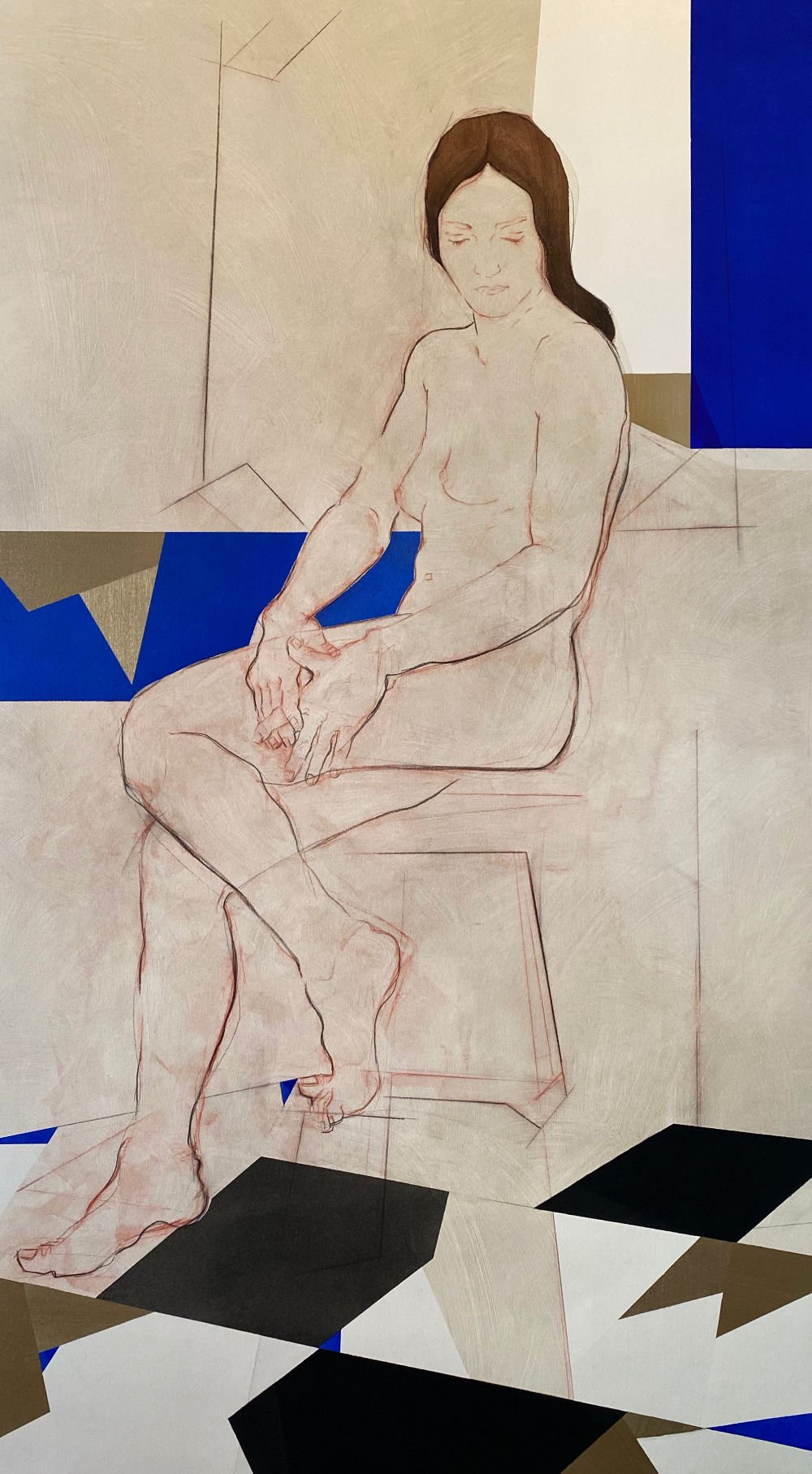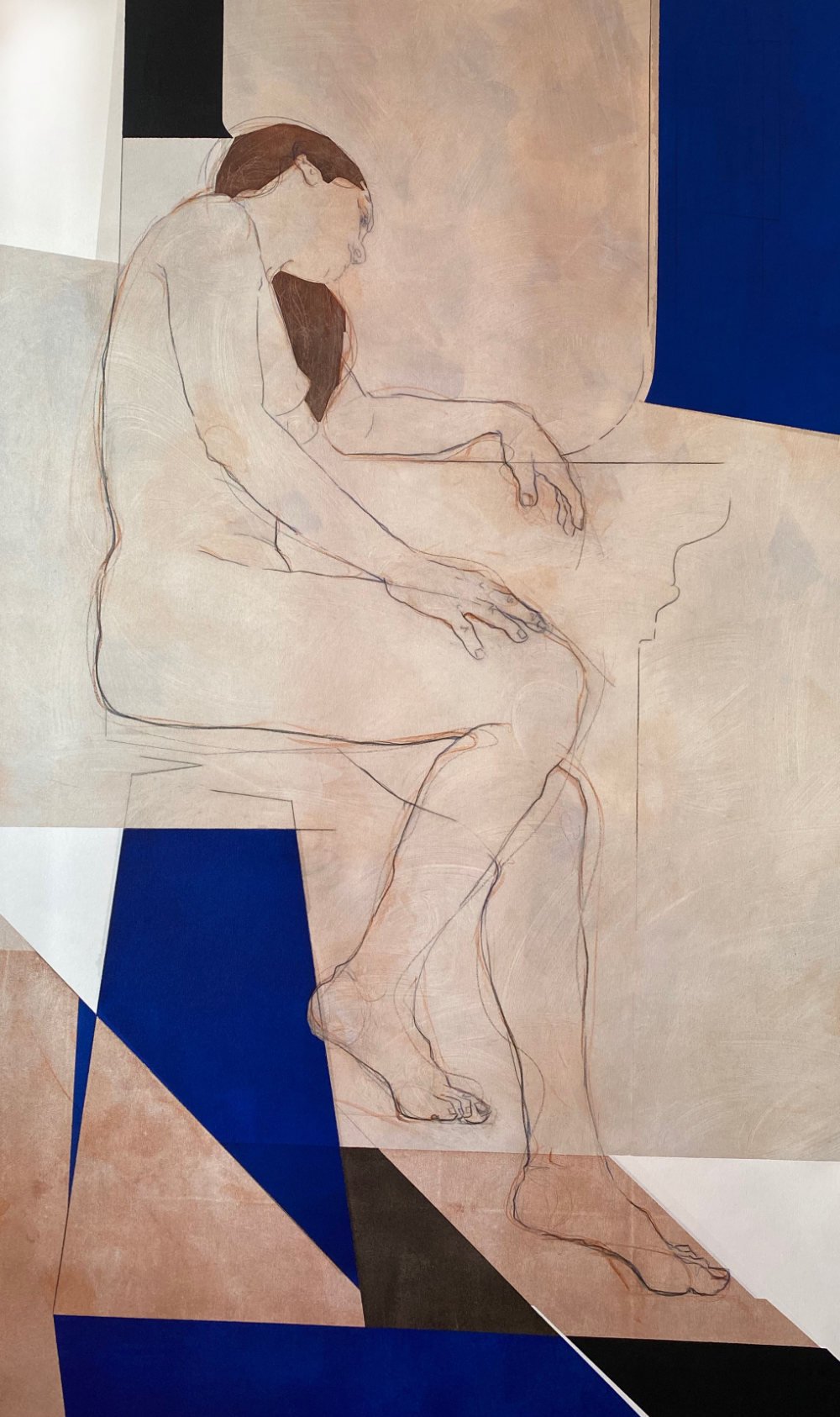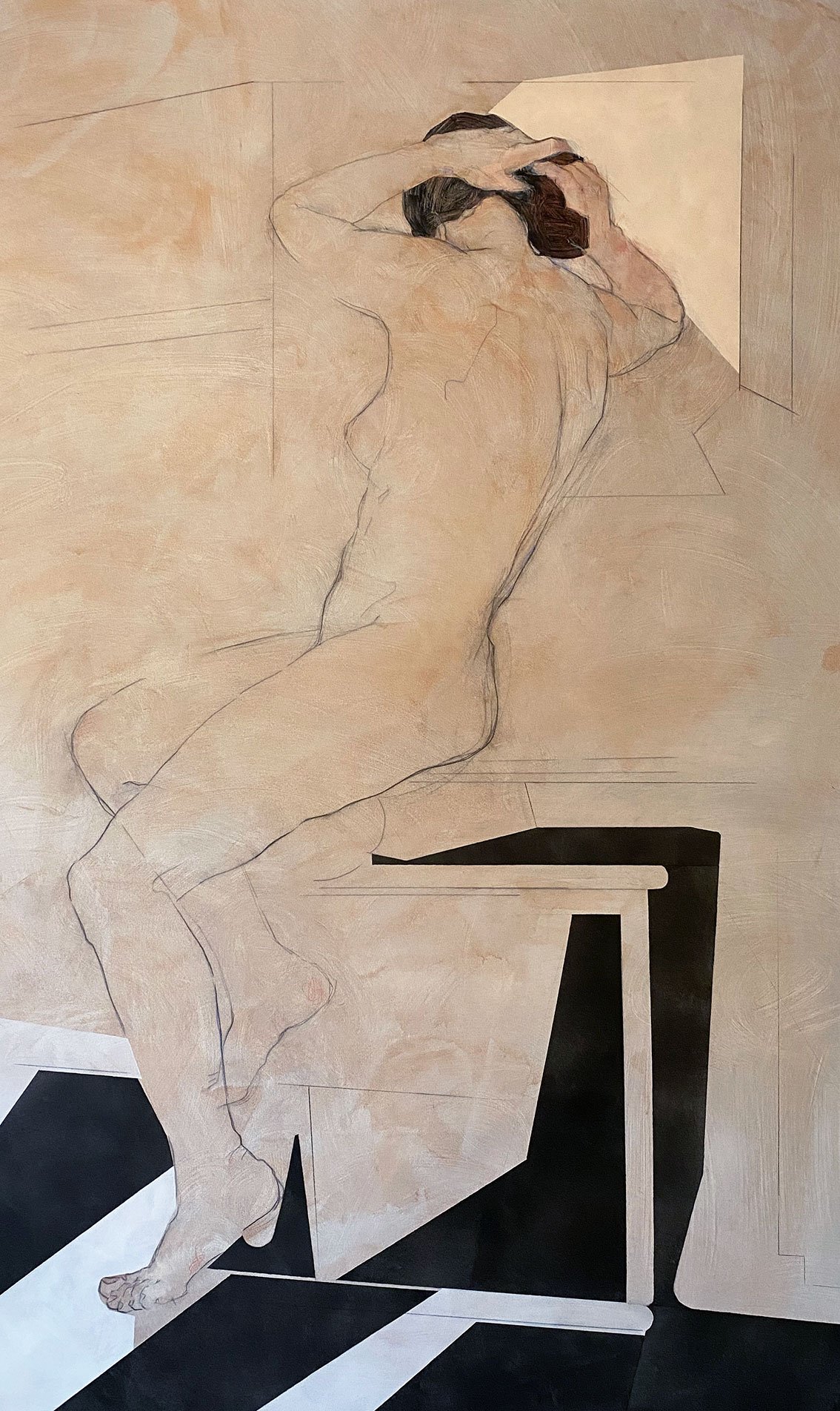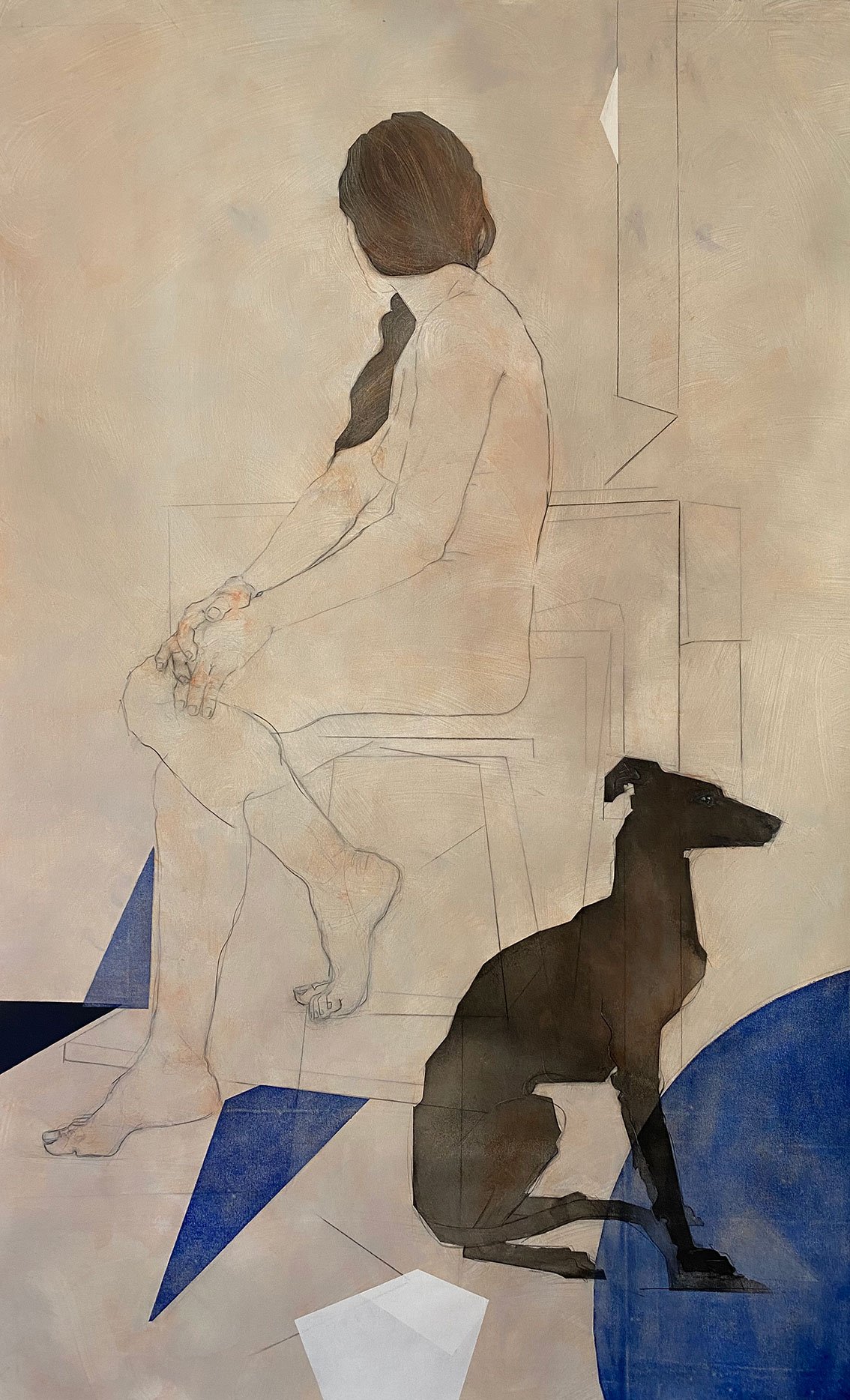2021 - MEDICI COLLECTION
“LORENZO DE MEDICI” - 125 x 185 cm
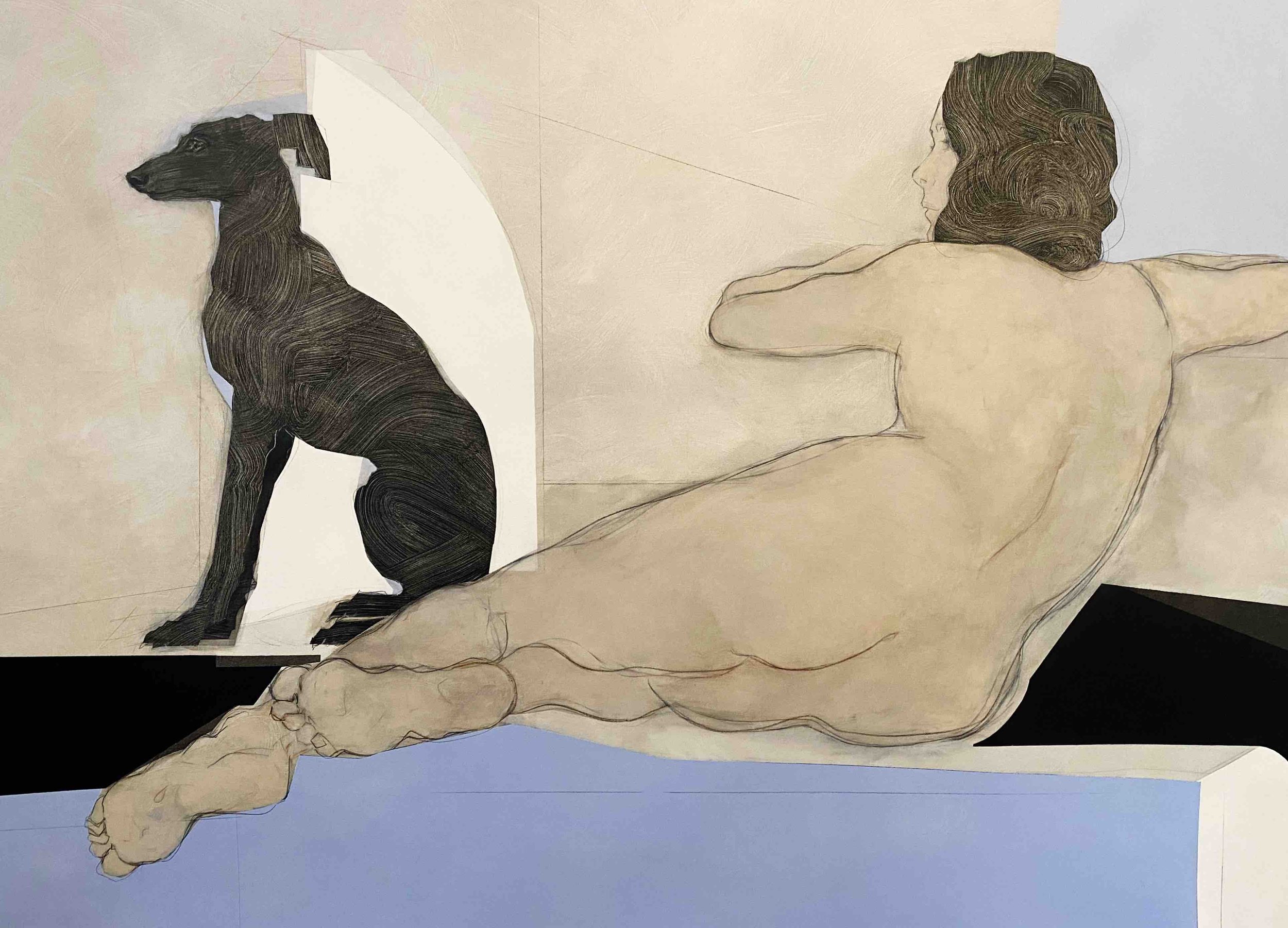
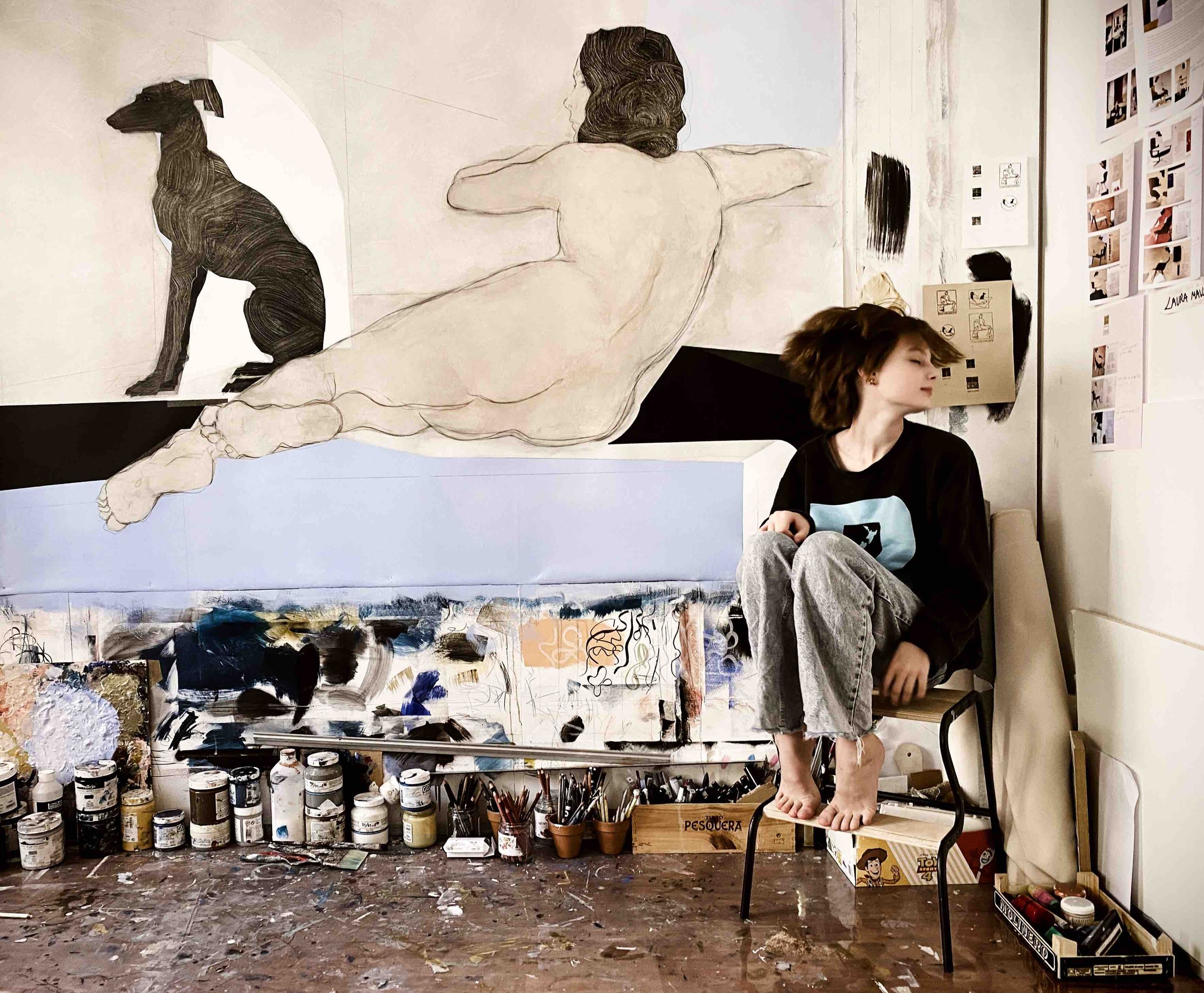

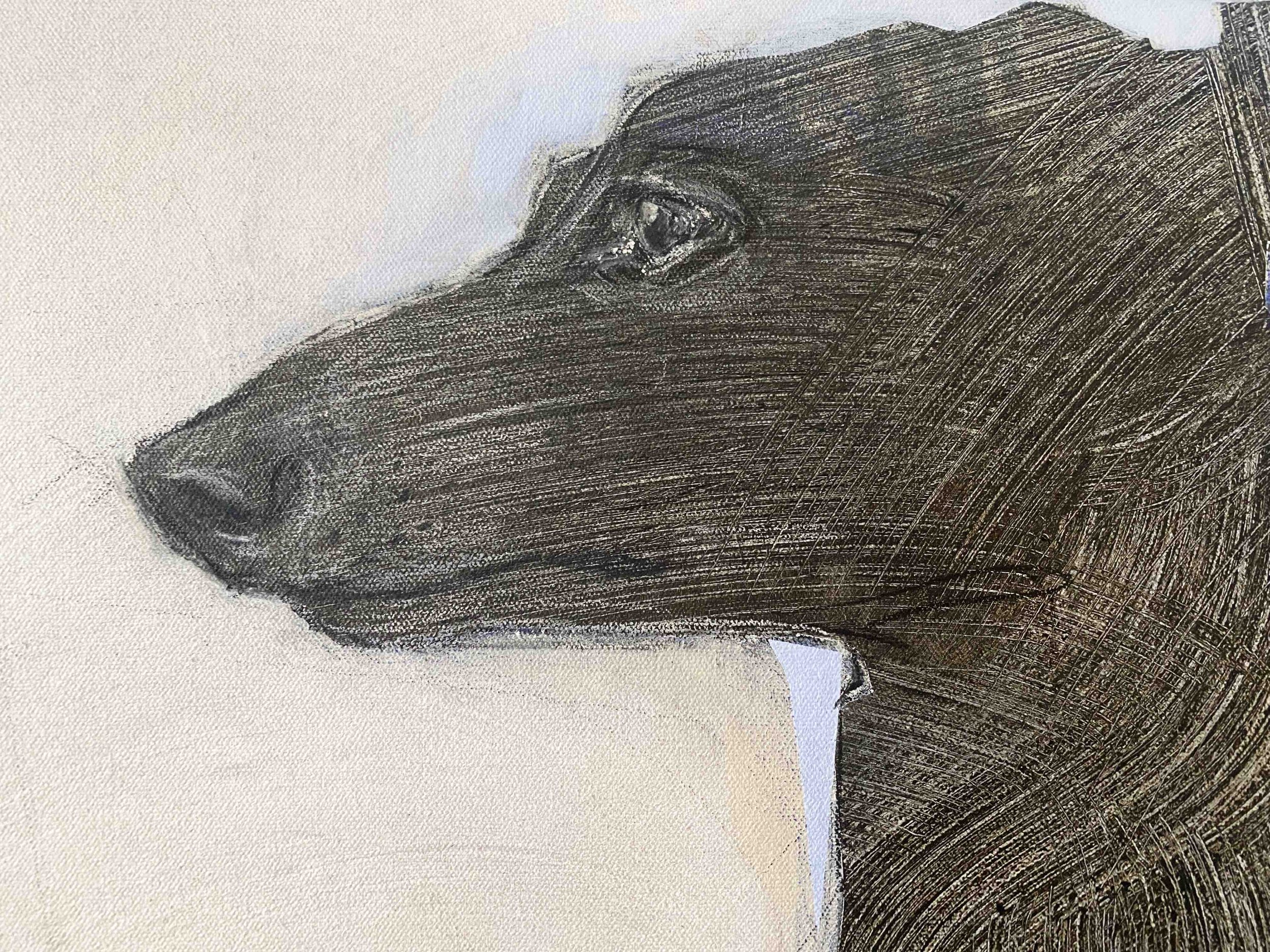
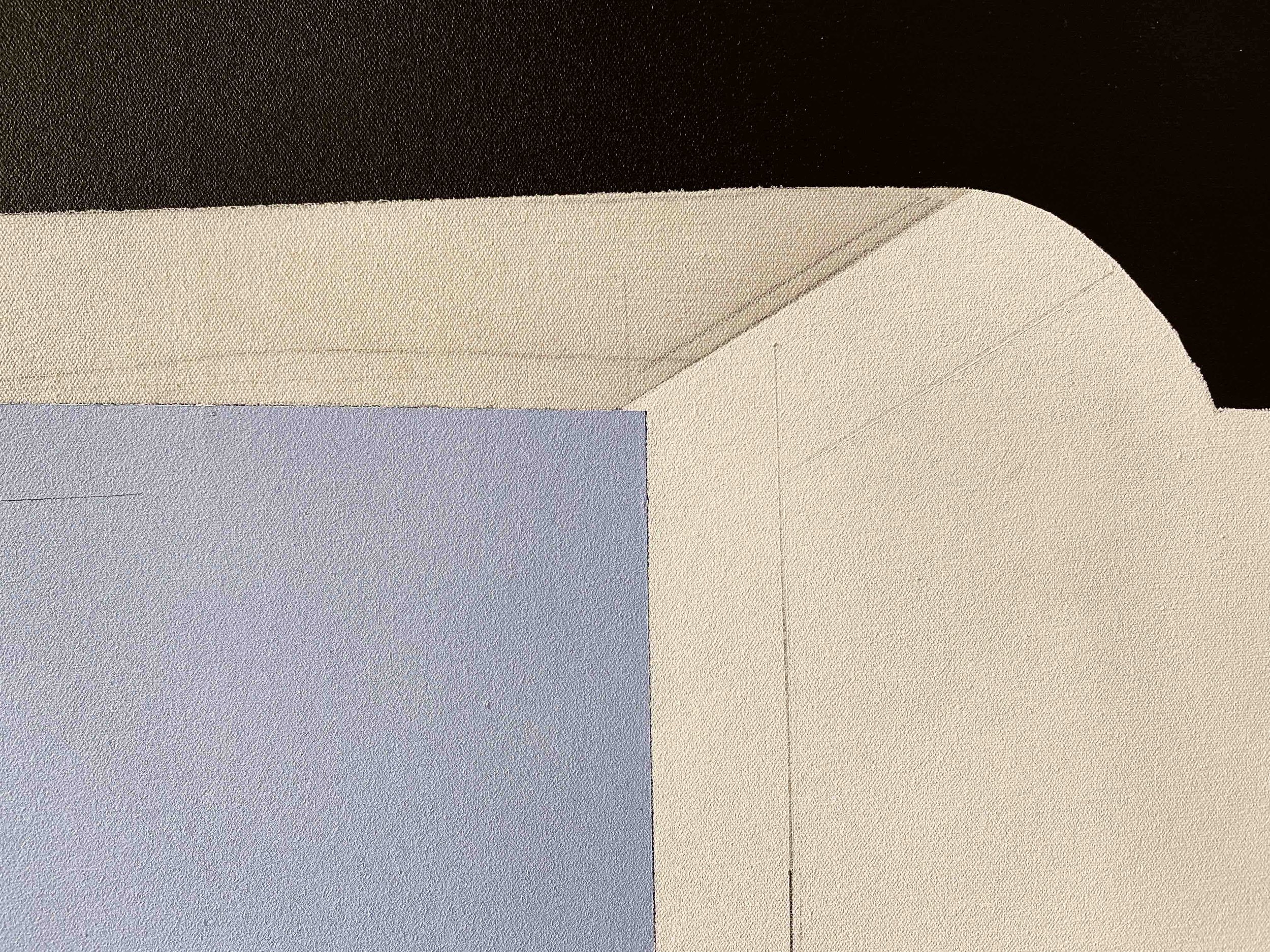
“Lorenzo the Magnificent, then, always favoured men of genius…wherefore it is no marvel that from that school there should have issued some who have amazed the world. And what is more, he not only gave the means to buy food and clothing to those who, being poor, would otherwise not have been able to pursue the studies of design, but also bestowed extraordinary gifts on anyone among them who had acquitted himself in some work better than the others; so that the young students of our arts, competing thus with each other, thereby became very excellent….
Truly magnificent was the example thus given by Lorenzo, and whenever Princes and other persons of high degree choose to imitate it, they will always gain everlasting honour and glory thereby; since he who assists and favours, in their noble undertakings, men of rare and beautiful genius, from whom the world receives such beauty, honour, convenience and benefit, deserves to live forever in the minds and memories of mankind.”
“SANDRO DI BOTTICELLI” - 100 x 185 cm
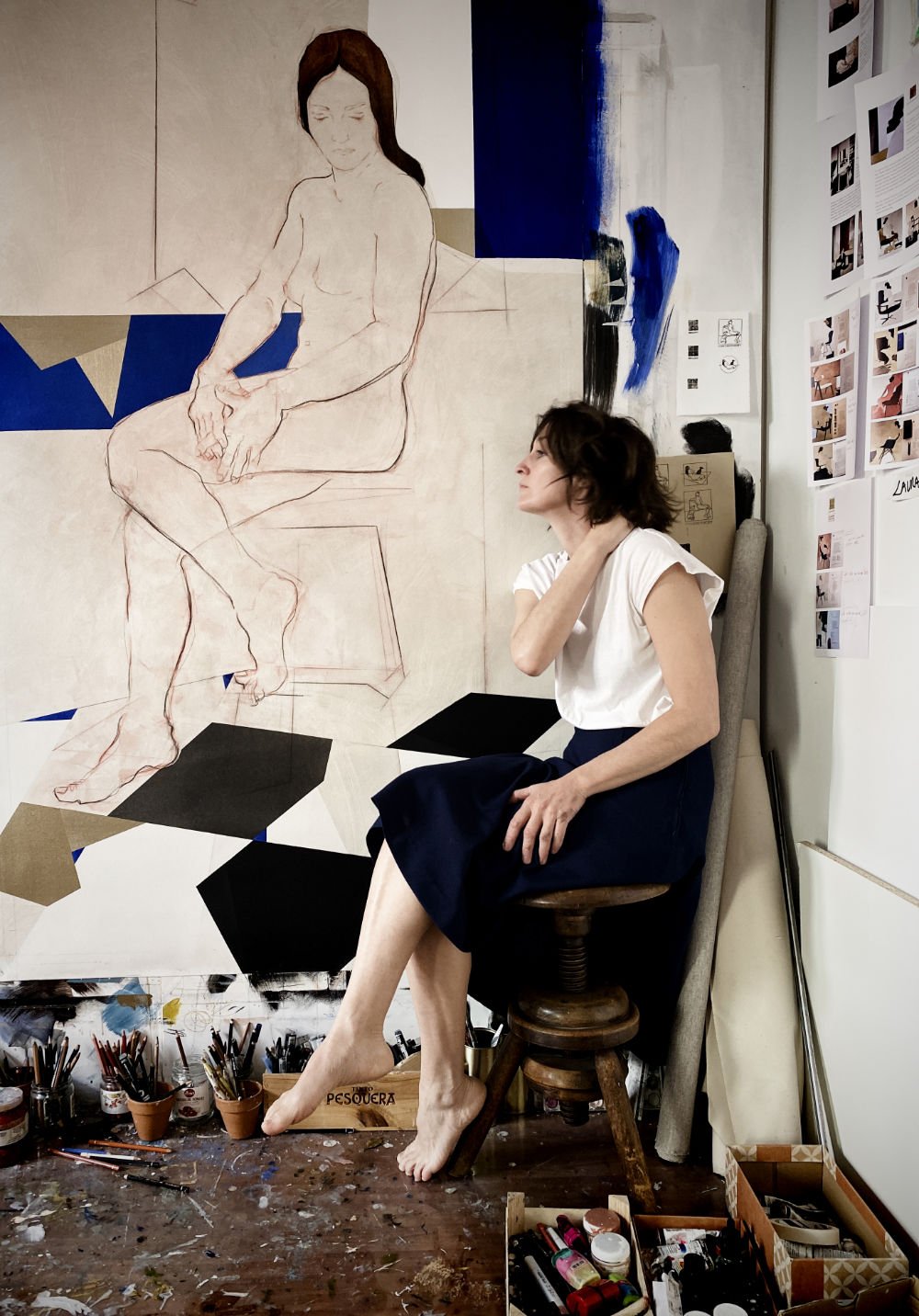
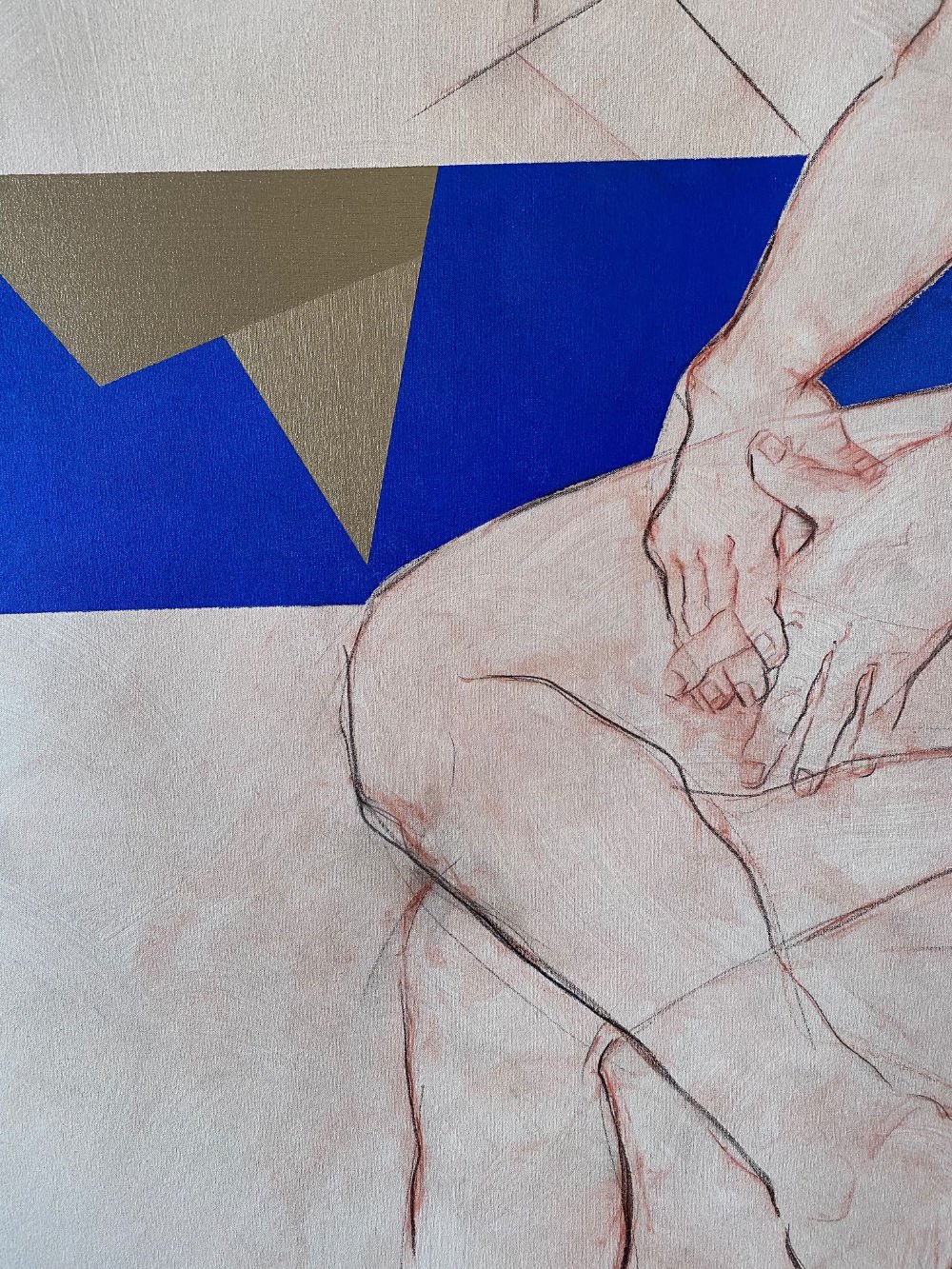
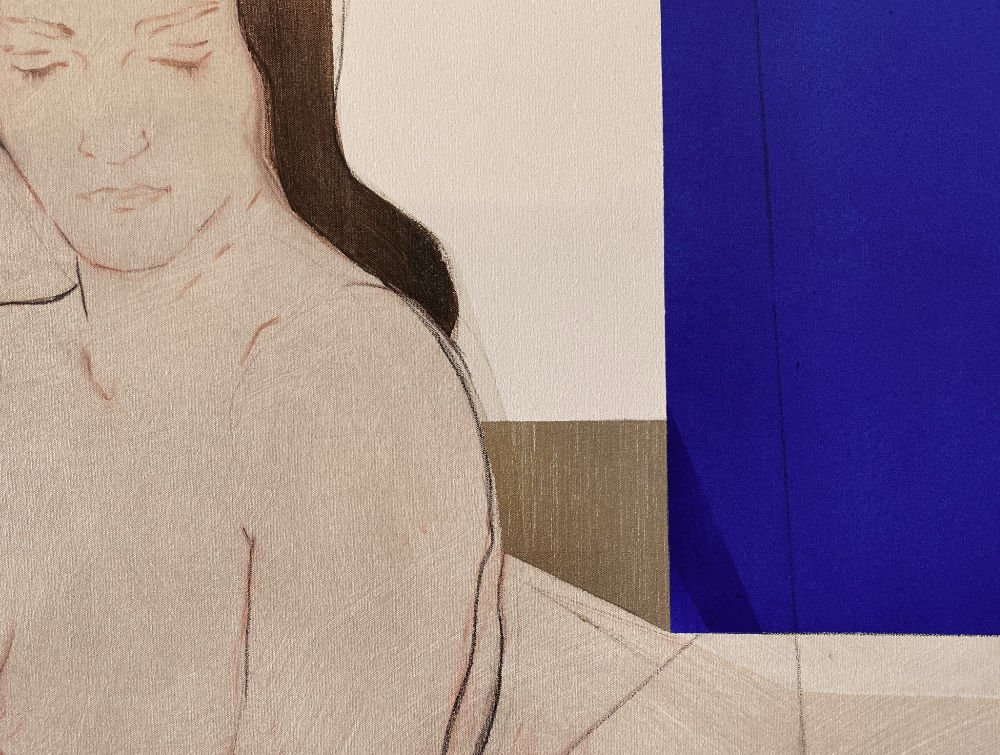

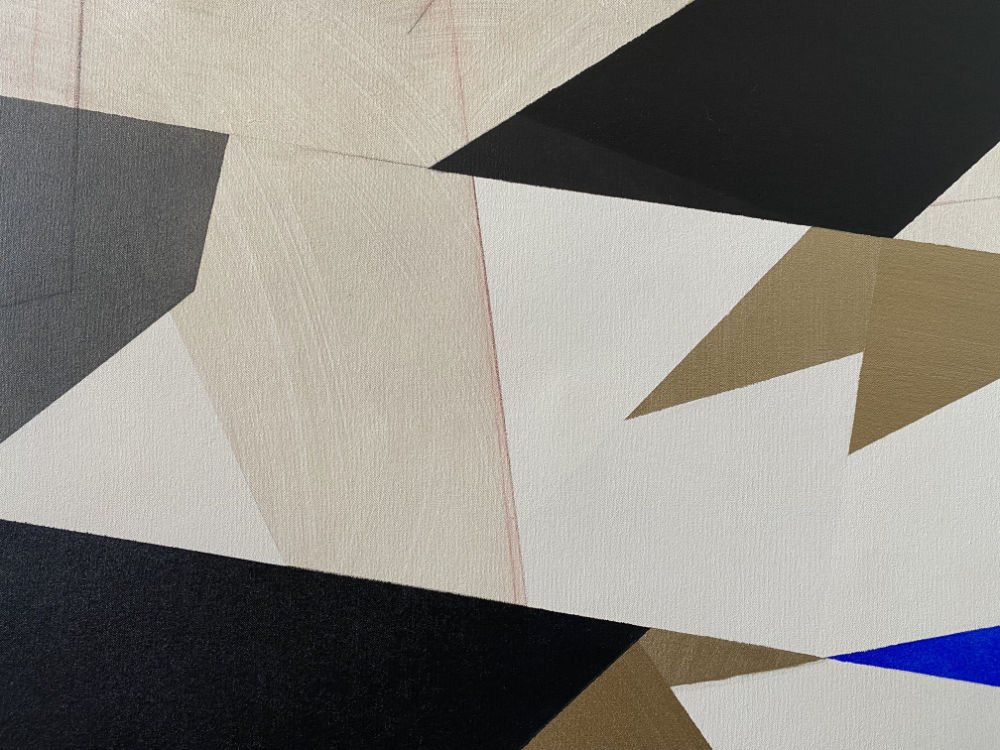
“At the same time with the elder Lorenzo’de Medici, the Magnificent, which was truly a golden age for men of intellect, there also flourished one Alessandro, called Sandro after our custom, and surnamed Di Botticello for a reason that we shall see below. This man was the son of Mariano Filipeppi, a citizen of Florence, who brought him up with care, and had him instructed in all those things that are usually taught to children before they are old enough to be apprenticed to some calling. But although he found it easy to learn whatever he wished, nevertheless he was ever restless, nor was he contented with any form of learning, whether reading, writing, or arithmetic, insomuch that his father, eary of the vagaries of his son’s brain, in despair apprenticed him as a goldsmith with a boon-companion of his own, called Botticello, no mean master of that art in his day.
Now in that age there was a very close connection—nay, almost a constant communication—between the goldsmiths and the painters; wherefore Sandro, who was a ready fellow and had devoted himself wholly to design, became enamoured of painting, and determined to devote himself to that. For this reason he spoke out his mind freely to his father, who, recognizing the inclination of his brain, took him to Fra Filippo of the Carmine, a most excellent painter of that time, with whom he placed him to learn the art, according to Sandro’s own desire. Thereupon, devoting himself heart and soul to that art, Sandro followed and imitated his master so well that Fra Filippo, growing to love him, taught him very thoroughly, so that he soon rose to such a rank as none would have expected for him.”
“TITIAN” - 107 x 180 cm
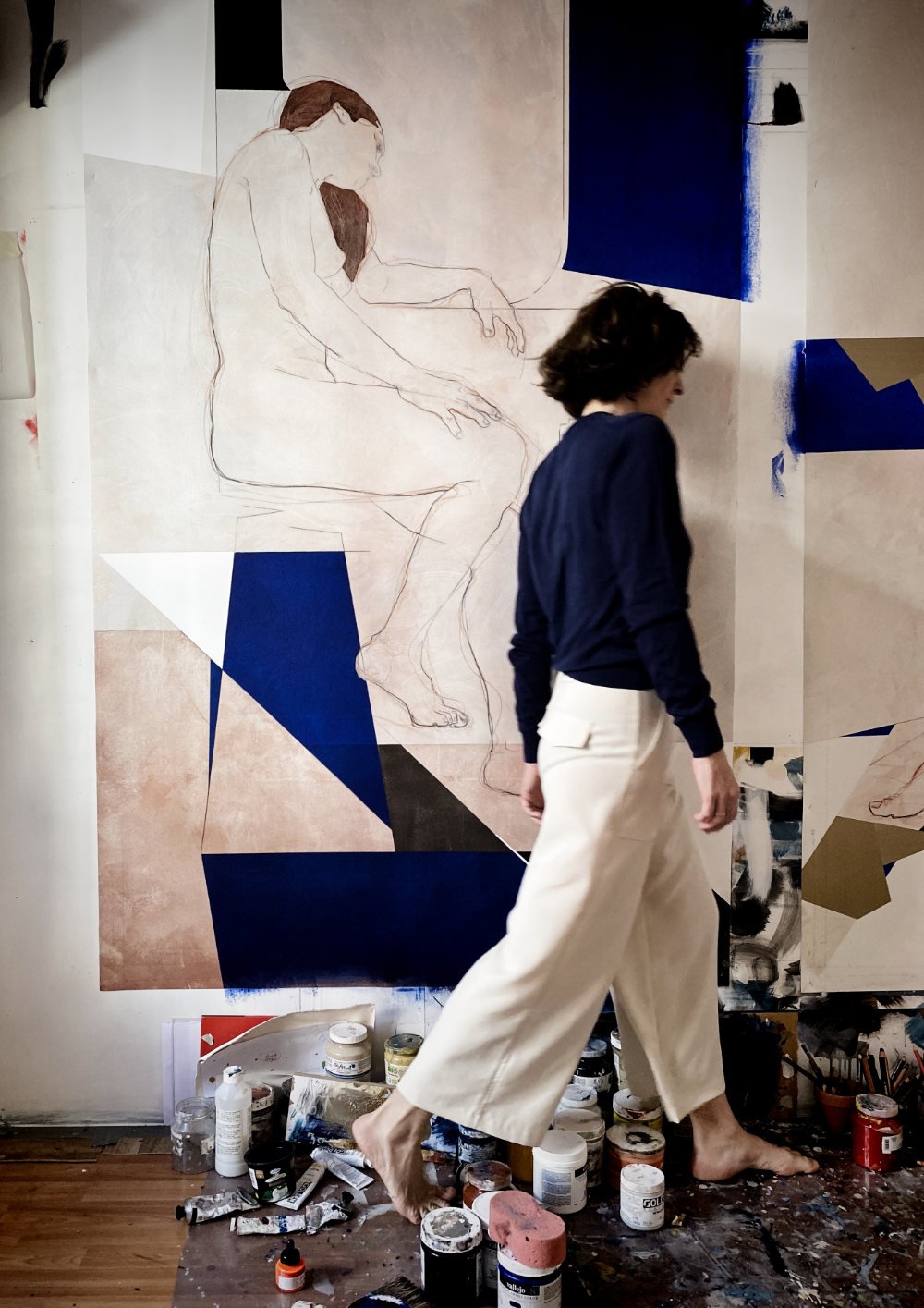
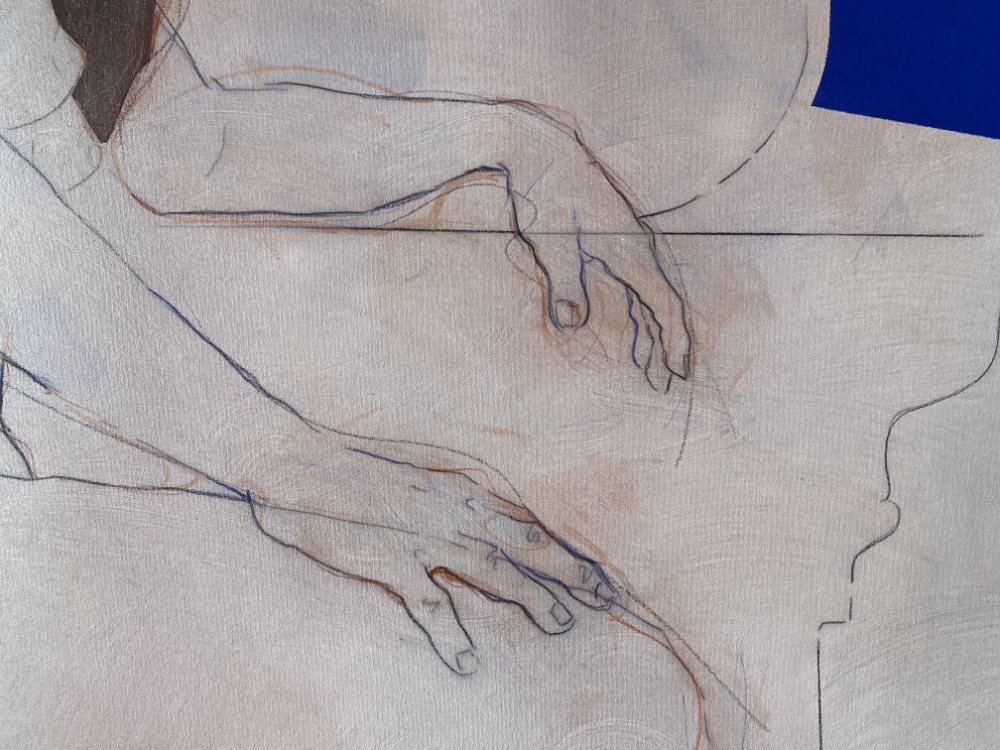
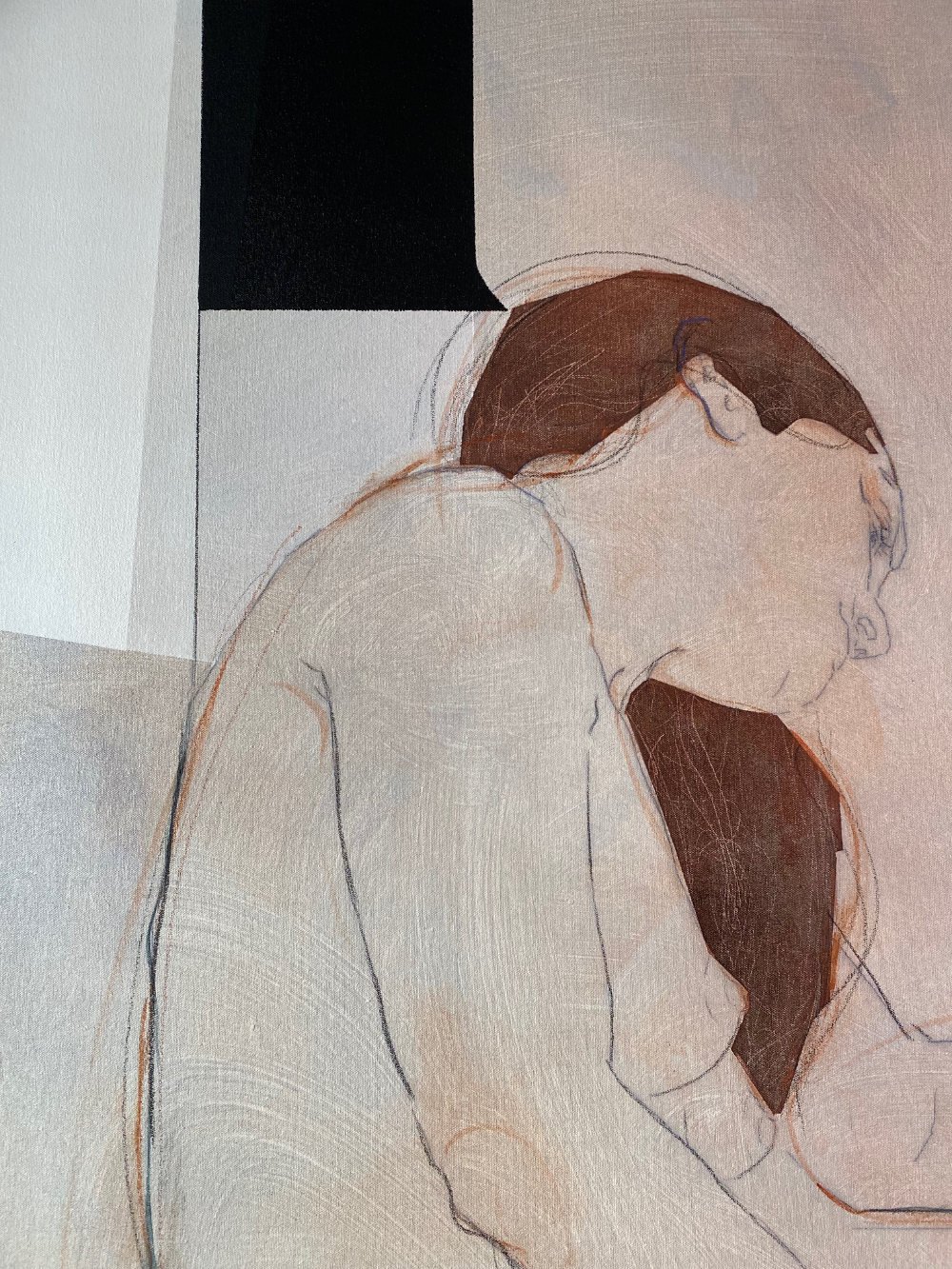
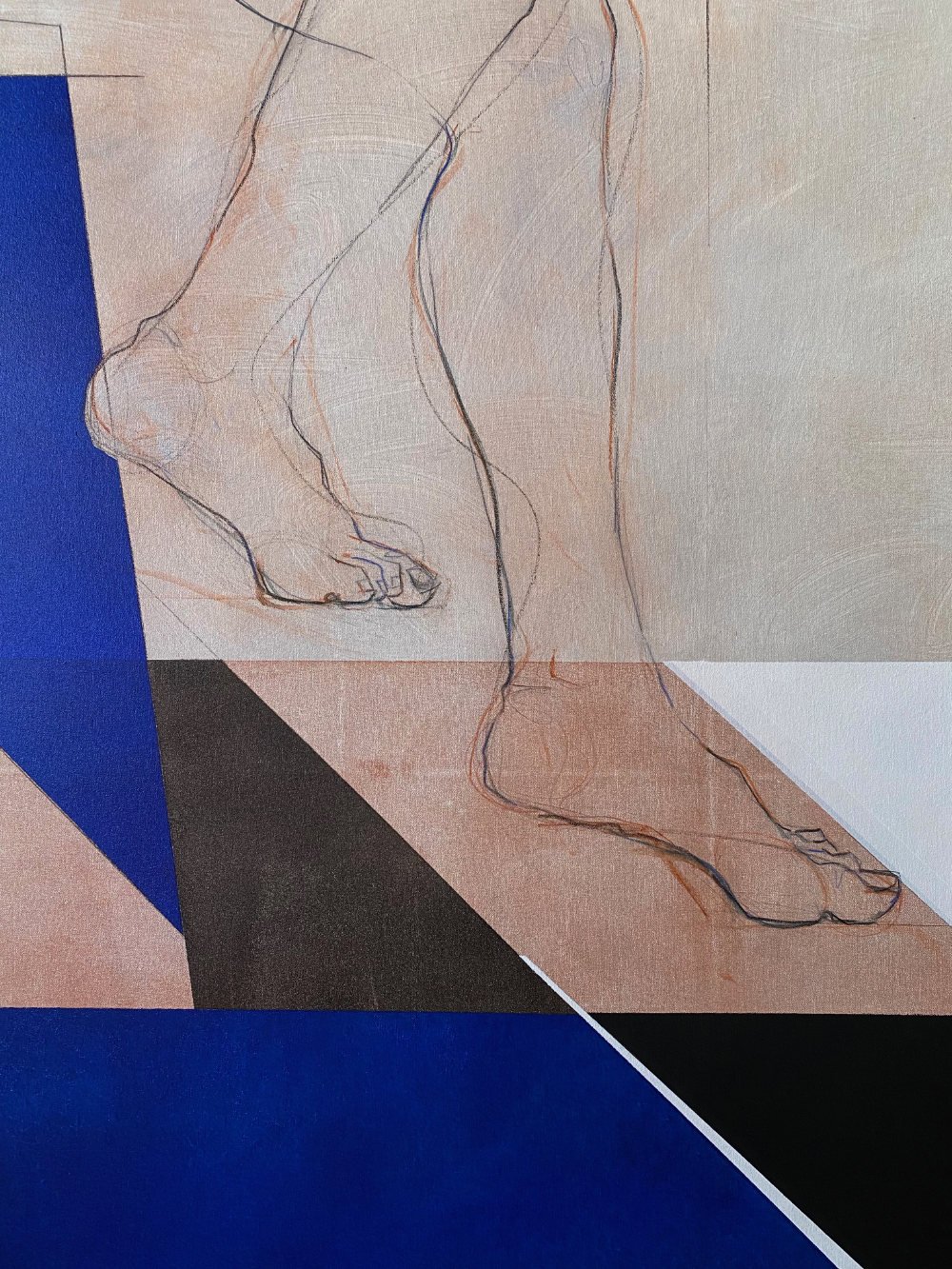
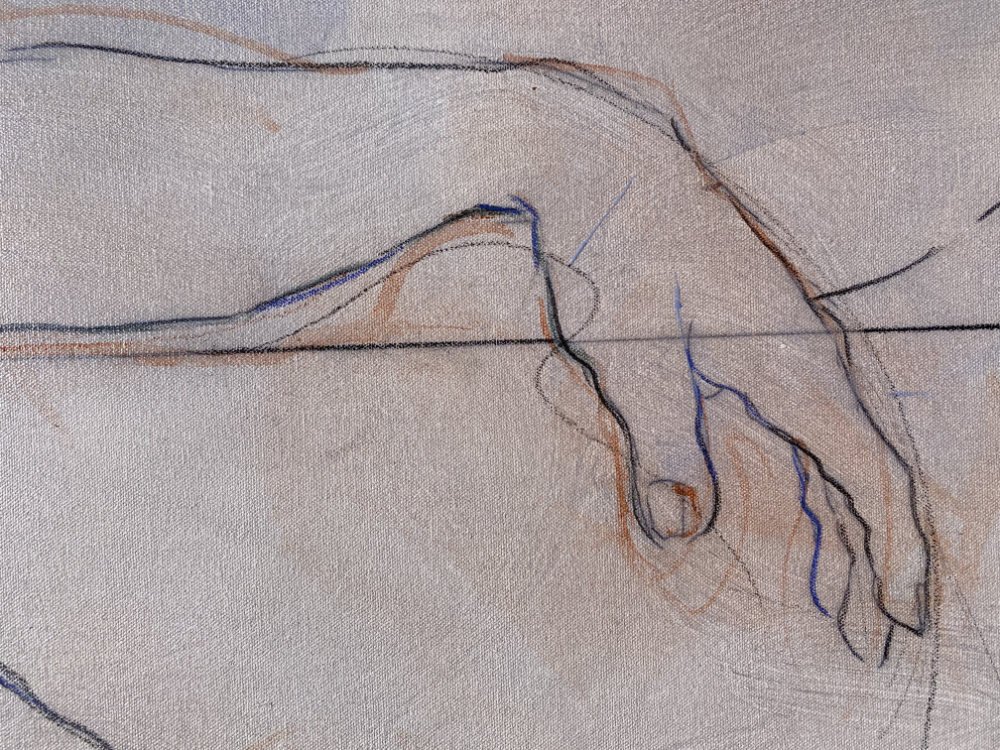
“Indeed, the idea itself cannot perfectly envision or picture its inventions unless it opens up and displays its conceptions to the eyes, which assist it in producing sound judgement, not to mention the fact that the artisan must undertake a serious study of nudes if he wishes to understand them thoroughly, something that cannot be done without sketching them out on paper, for by always having naked or clothed models before him as he paints, a painter becomes a slave, whereas when he has tested his hand by drawing on paper, he can, in turn, set to work designing and painting with greater ease. And by gaining experience in his art in this way, a painter develops perfect judgement and style, avoiding the labour and effort with which the artisans we mentioned above executed their paintings, not to mention the fact that drawing on paper fills the mind with beautiful conceits and teaches the painter to imagine all the objects in Nature without always having to keep his subject in front of him, or to conceal under the charm of colours his poor knowledge of how to draw, in the way Venetian painters such as Giorgione, Palma, Pordenone, and others, who have not visited Rome or seen other completely perfect works, have done for years. Therefore, when Titian observed the method and style of Giorgione, he abandoned the style of Giovanni Bellini, although he had not followed it for long, and drew closer to Giorgione’s, imitating his works so well in such a short time that his paintings were sometimes mistaken and attributed to Giorgione, as we shall explain below. After Titian had grown older and had gained greater experience and developed good judgement, he executed many works in fresco which cannot be described in order, since they arc scattered around many different locations; it is sufficient to note that they were so good that many knowledgeable people thought he would become a very fine painter, as was eventually the case.”
“DA VINCI” 115 x 190 cm
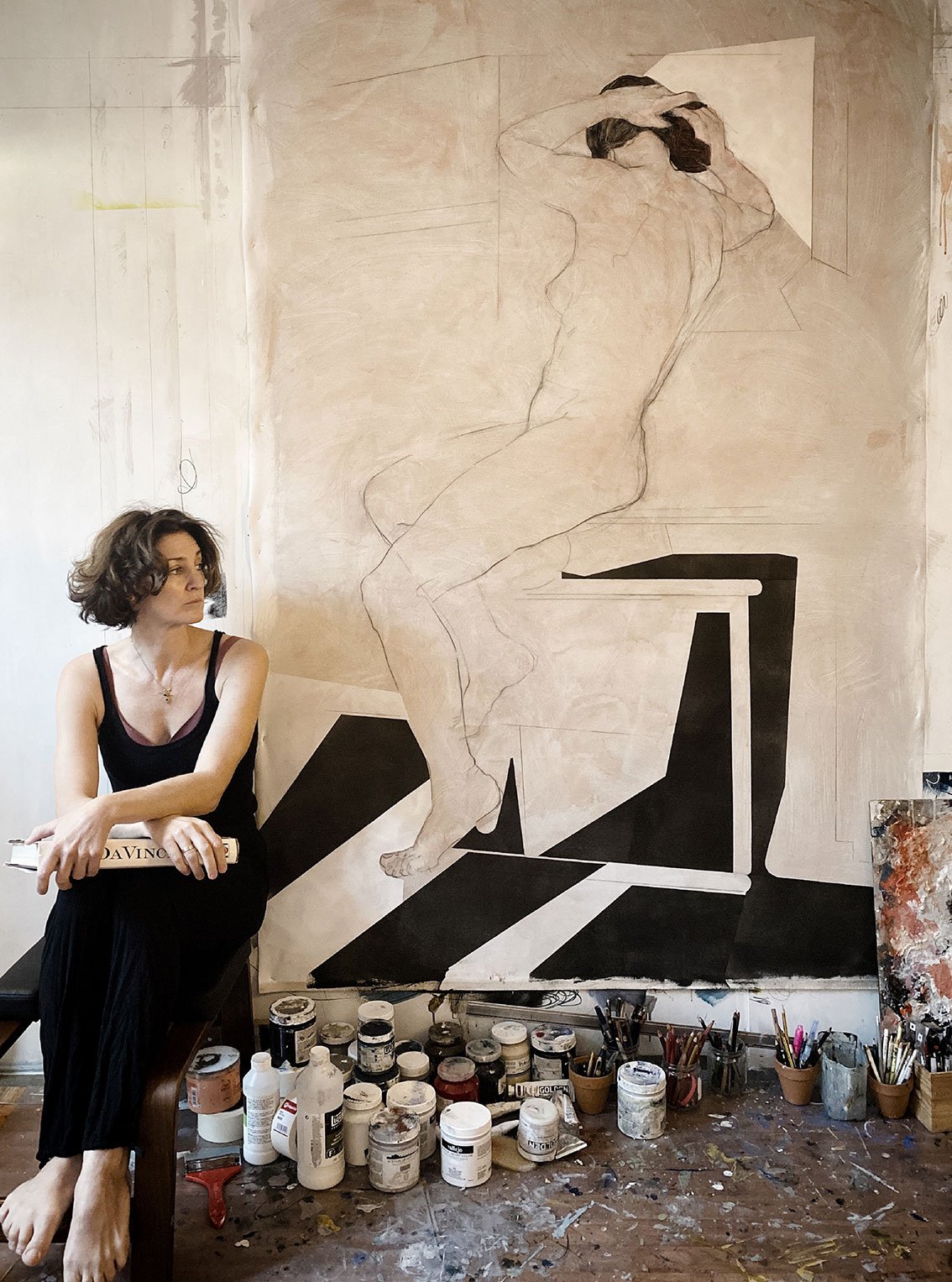
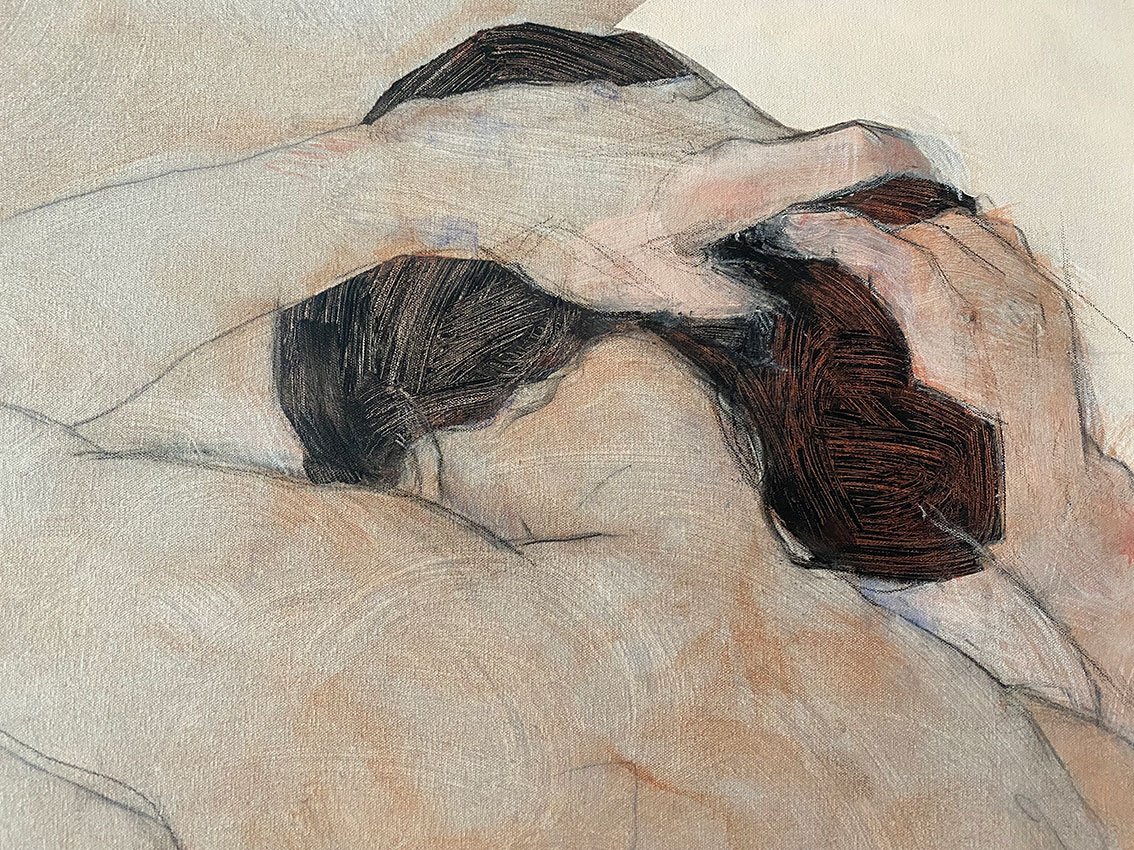
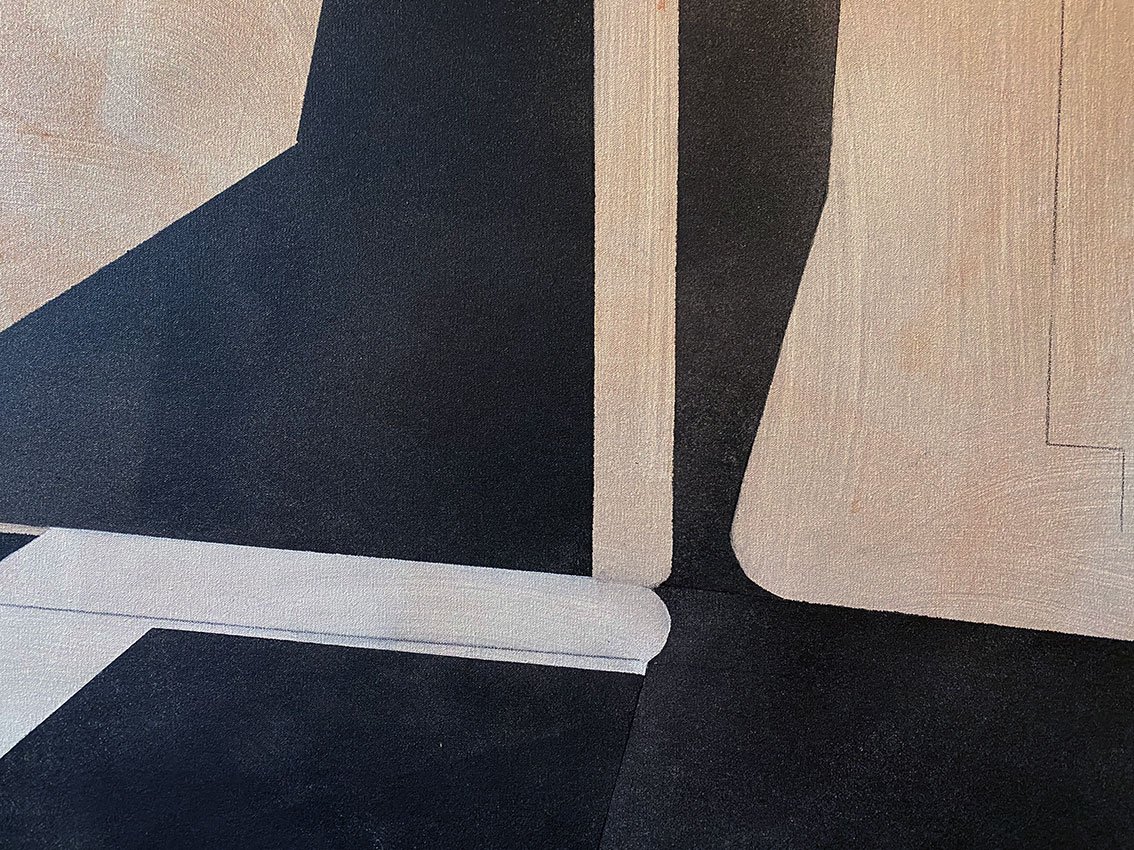
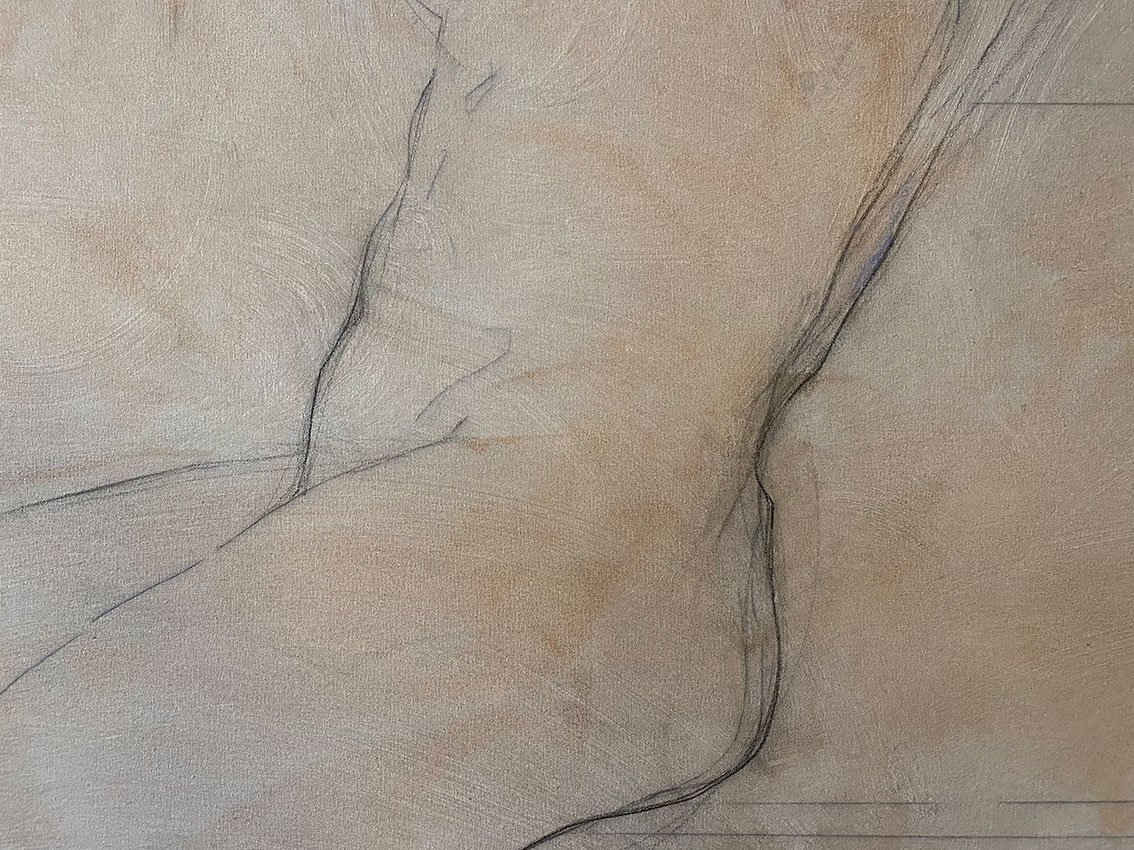
“The loss of Leonardo grieved beyond measure all those who honour to painting. With the splendour of his aspect, which was very beautiful, he made serene every broken spirit; and with his words he turned to yea, or nay, every obdurate intention. By his physical force he could restrain any outburst of rage; and with his right hand he twisted the iron ring of a door-bell, or a horse-shoe, as if it were lead. With his liberality he would assemble together and support his every friend, poor or rich, if only he had intellect and worth. He adorned and honoured, in every action, no matter what mean and bare dwelling, wherefore, in truth, Florence received a very great gift in the birth of Leonardo, and an incalculable loss in his death. In the art of painting, he added to the manner of colouring in the oils a certain obscurity, whereby the moderns have given great force and relief to their figures. And in statuary, he proved his worth in the three figures of bronze that are over the door of S. Giovanni, on the side towards the north, executed by Giovan Francesco Rustici, but contrived with the advice of Leonadro; which are the most beautiful pieces of casting, the best designed, and the most perfect that have as yet been seen in modern days. By Leonardo we have the anatomy of the horse, and that of man even more complete. And so, on account of all his qualities, so many and so divine, although he worked much more by words than by deeds, his name and fame can never be extinguished; wherefore it was thus said in his praise by Messer Giovan Battista Strozzi:
”Vince costui pur solo
Tutti altri; e vince Fidia e vince Apelle
E tutto il lor vittorioso stuolo””
"RAFFAELLO DA URBINO" - 117 x 187 cm


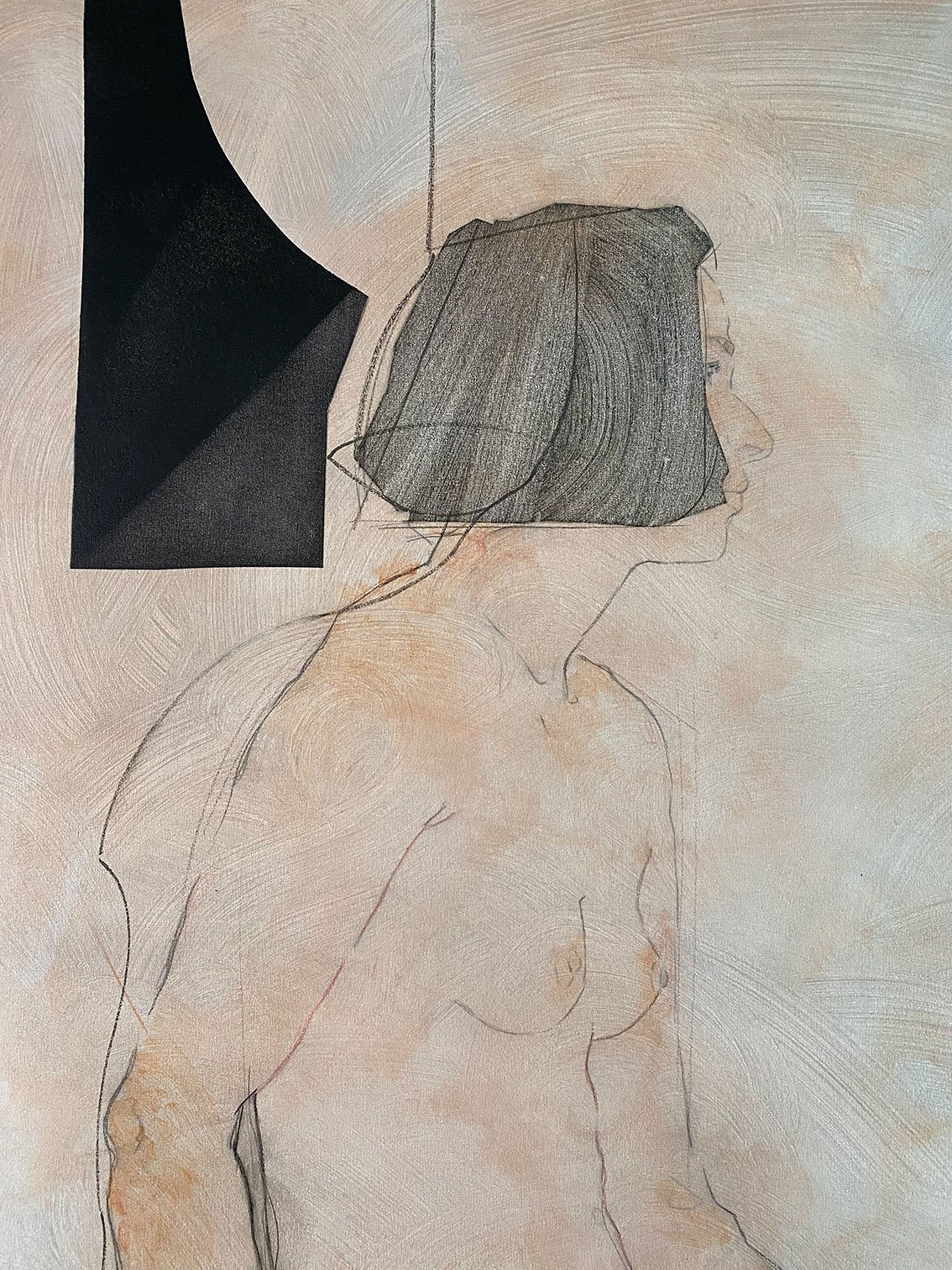


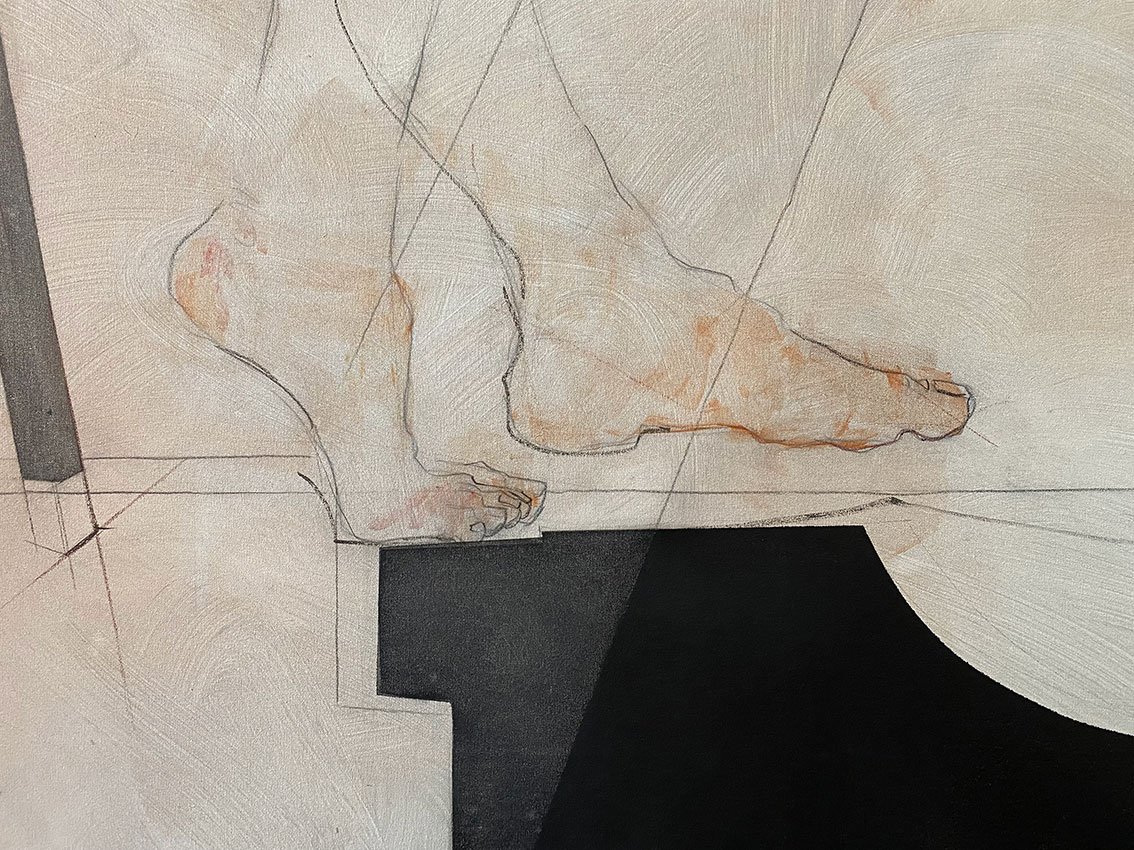
“HOW BOUNTIFUL AND BENIGN Heaven sometimes shows itself in showering upon one single person the infinite riches of its treasures, and all those graces and rarest gifts that it is wont to distribute among many individuals, over a long space of time, could be clearly seen in the no less excellent than gracious Raffaello Sanzio da Urbino, who was endowed by nature with all that modesty and goodness which are seen at times in those who, beyond all other men, have added to their natural sweetness and gentleness the beautiful adornment of courtesy and grace, by reason of which they always show themselves agreeable and pleasant to every sort of person and in all their actions. Him nature presented to the world, when, vanquished by art through the hands of Michelagnolo Buonarroti, she wished to be vanquished, in Raffaello, by art and character together. And in truth, since the greater part of the craftsmen who had lived up to that time had received from nature a certain element of savagery and madness, which, besides making them strange and eccentric, had brought it about that very often there was revealed in them rather the obscure darkness of vice than the brightness and splendour of those virtues that make men immortal, there was right good reason for her to cause to shine out brilliantly in Raffaello, as a contrast to the others, all the rarest qualities of the mind, accompanied by such grace, industry, beauty, modesty, and excellence of character, as would have sufficed to efface any vice, however hideous, and any blot, were it ever so great.”
"GIOTTO" - 120 x 187 cm
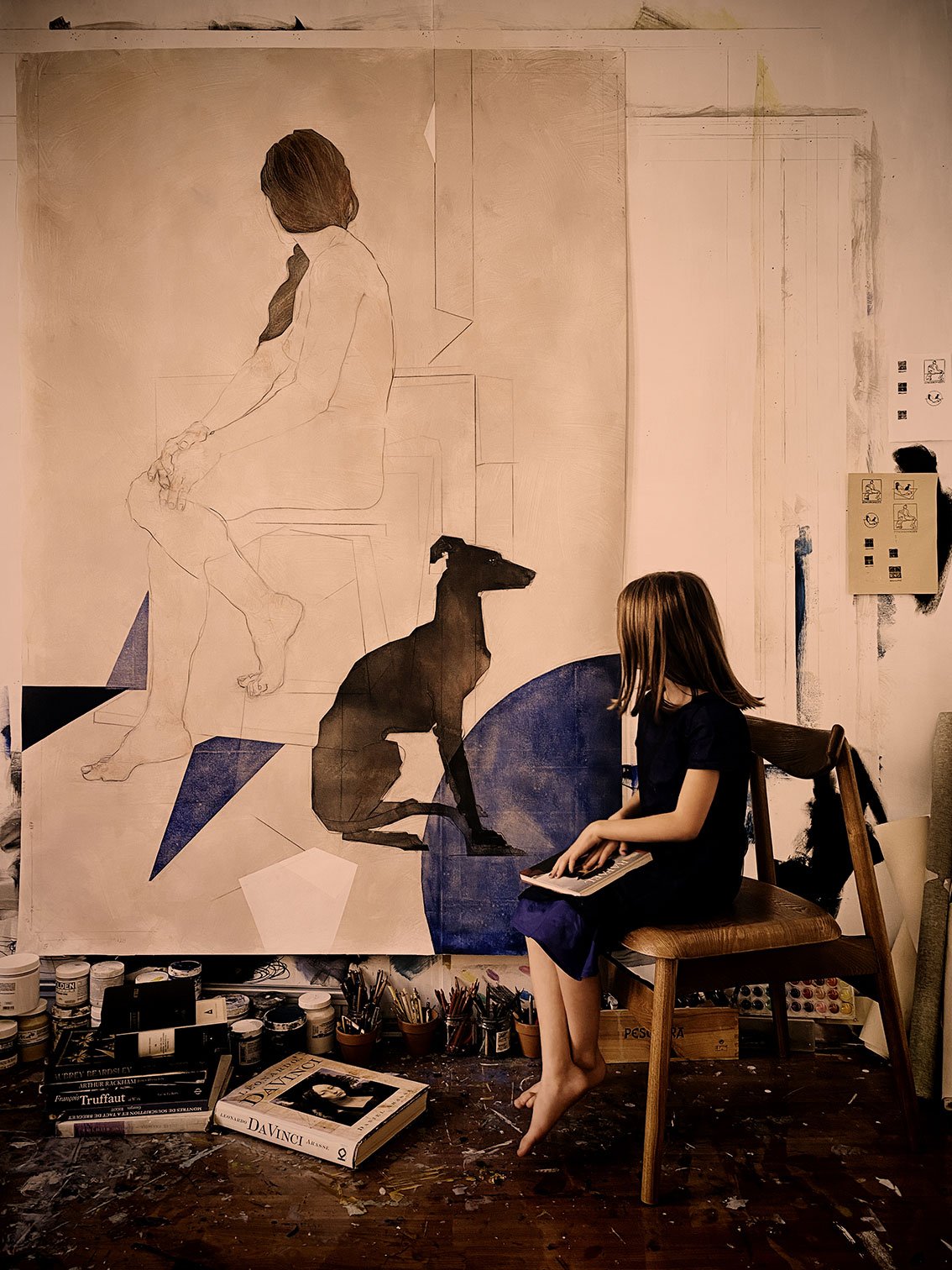
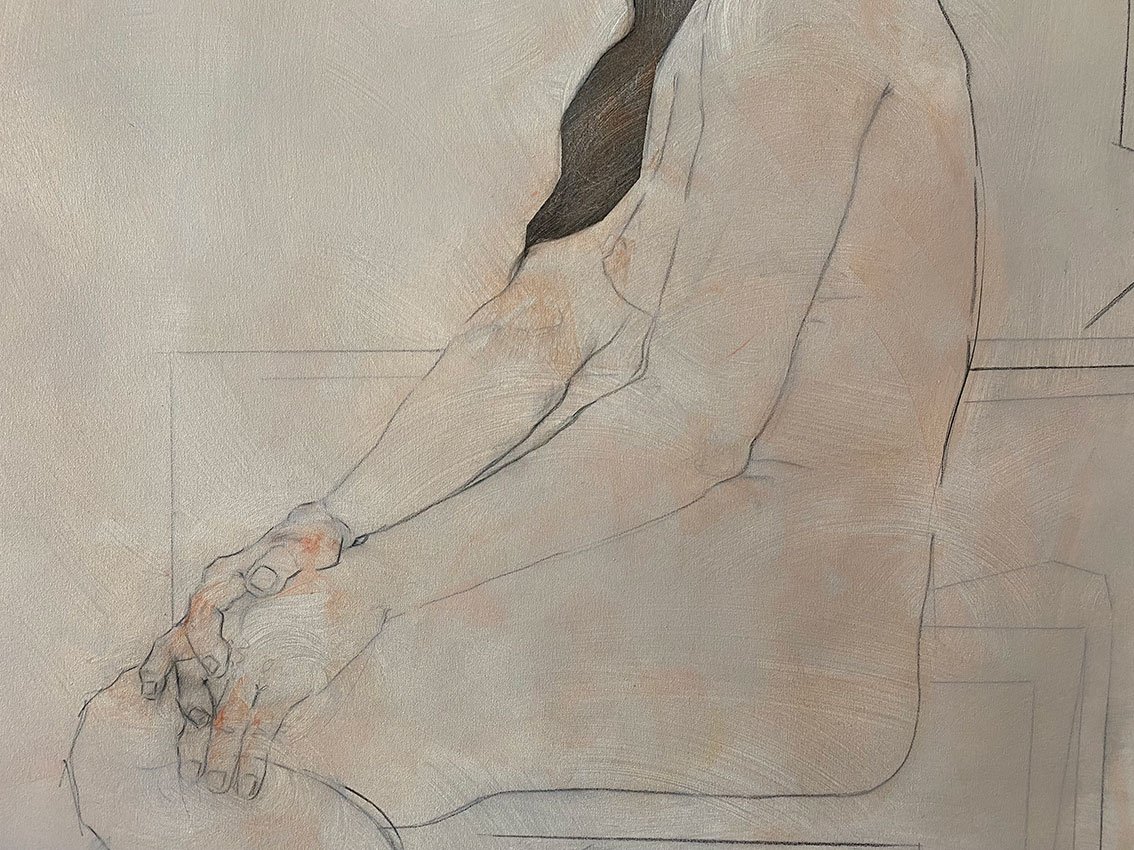
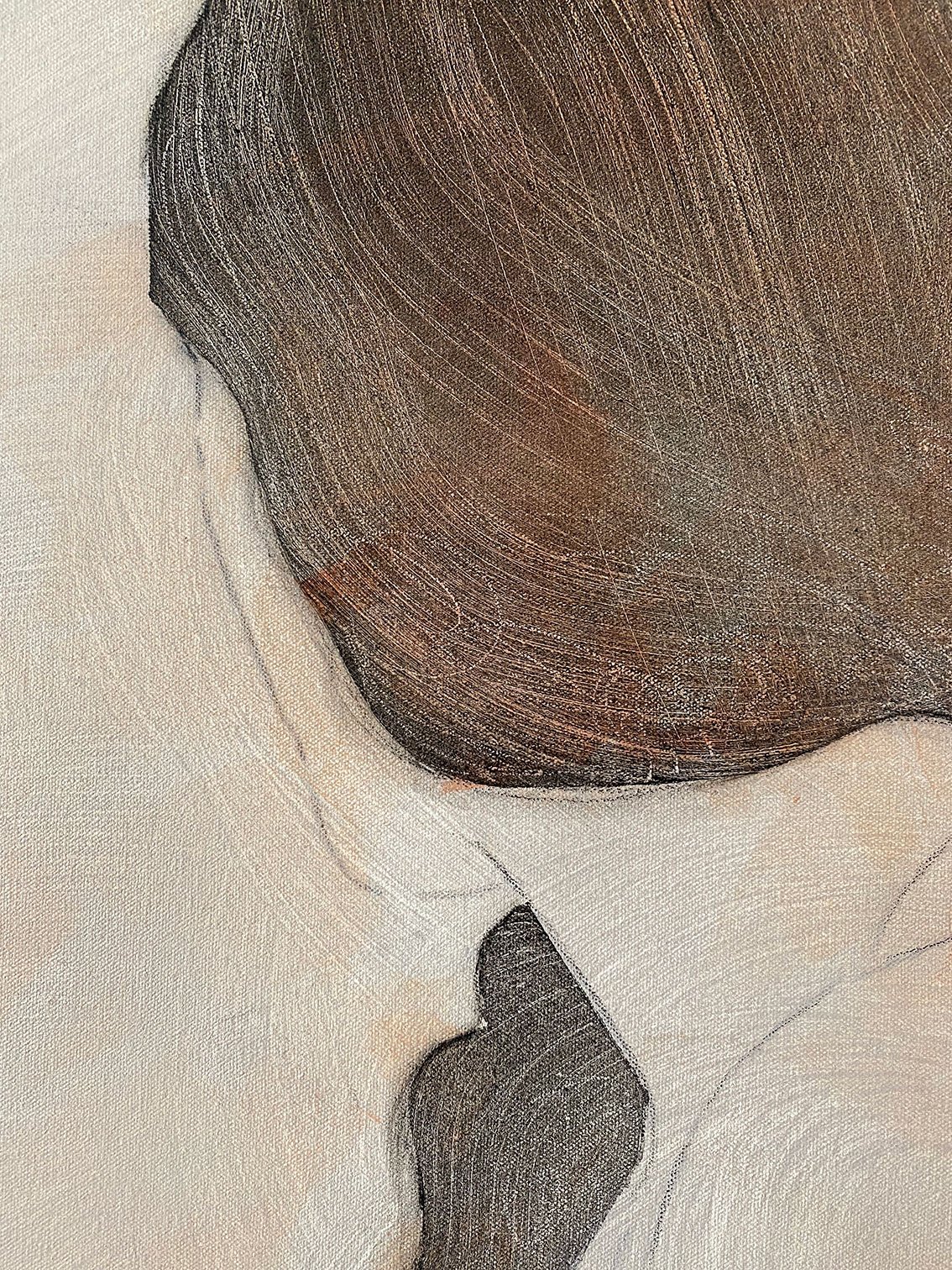
“It is no wonder therefore that Pope Benedict sent one of his courtiers into Tuscany to see what sort of a man he was and what his works were like, for the Pope was planning to have some paintings made in S. Peter’s. This courtier, on his way to see Giotto and to find out what other masters of painting and mosaic there were in Florence, spoke with many masters in Sienna, and then, having received some drawings from them, he came to Florence. And one morning going into the workshop of Giotto, who was not his labours, he showed him the mind of the Pope, and at last asked him to give him a little drawing to send to his Holiness. Giotto, who was a man of courteous manners, immediately took a sheet of paper, and with a pen dipped in red, fixing his arm firmly against his side to make a compass of it, with a turn of his hand he made a circle so perfect that it was a marvel to see it Having done it, he turned smiling to the courtier and said, “Here is the drawing.”. But he, thinking he was being laughed at, asked, “Am I to have no other drawing than this?” “This is enough and too much,” replied Giotto, “send it with the others and see if it will be understood.”
"BRUNELLESCHI" - 165 X 175 cm

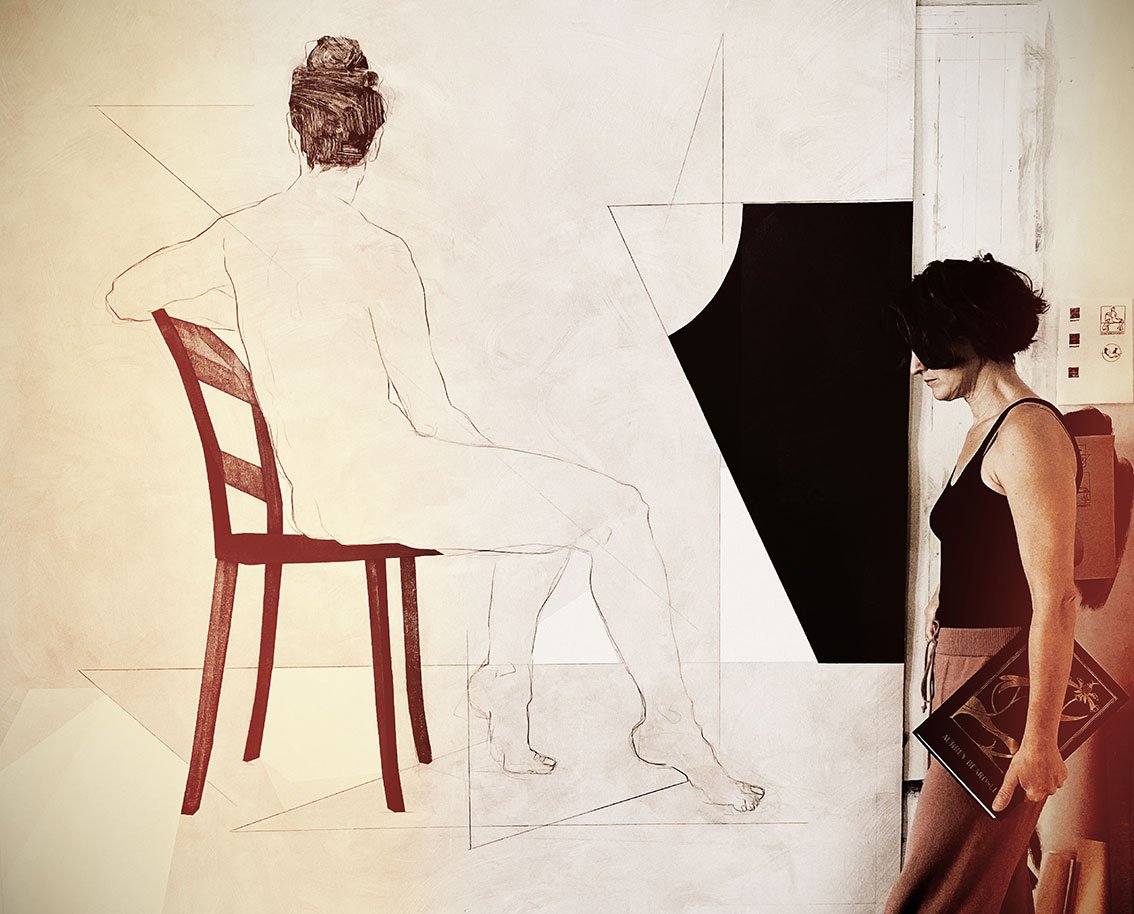
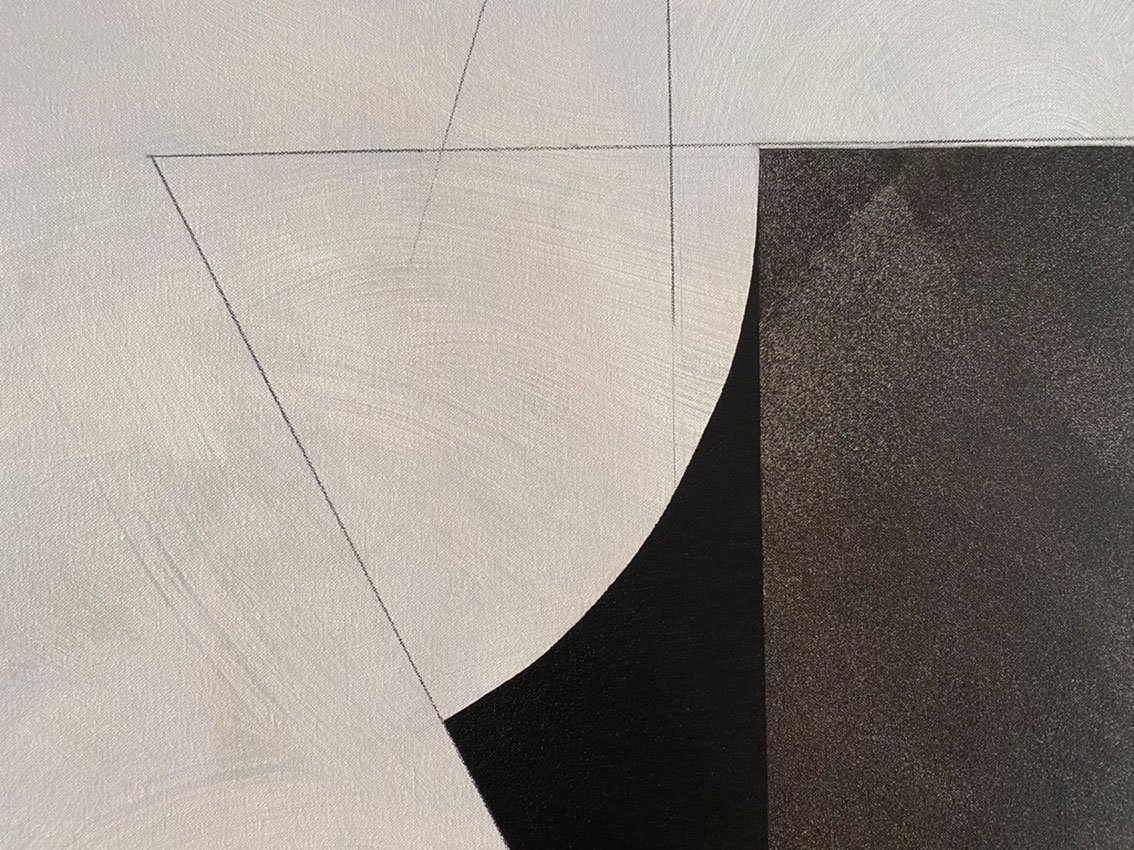
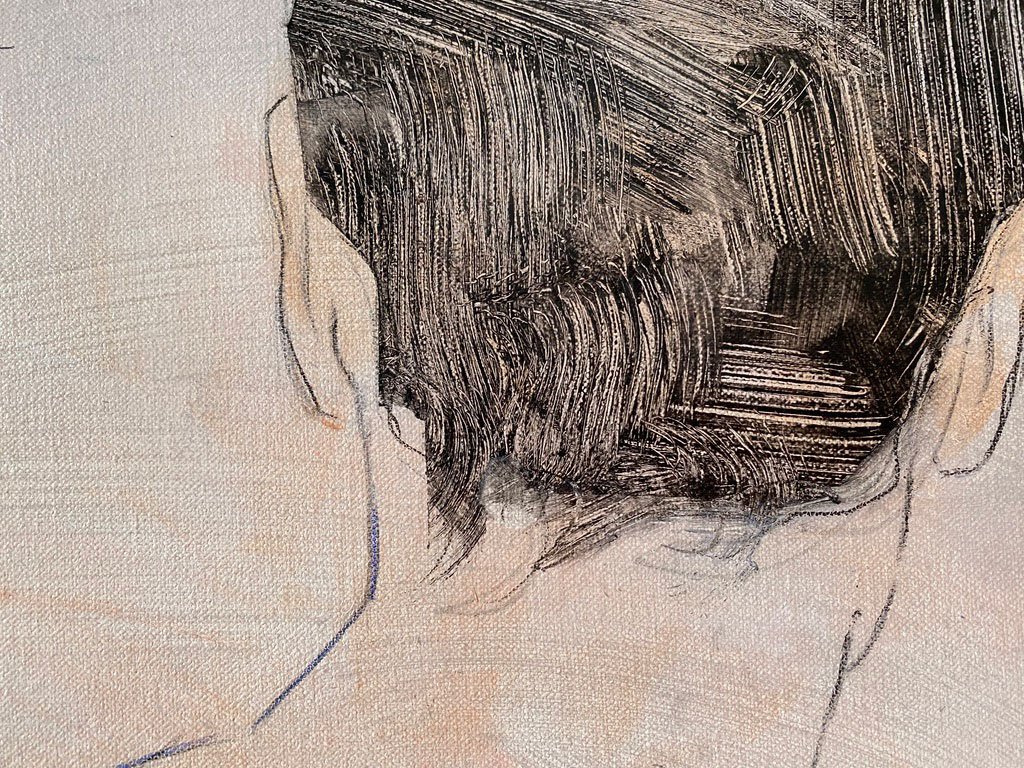
“Many men are created by nature small in person and in features, who have a mind full of such greatness and a heart of such irresistible vehemence, that if they do not begin difficult–nay, almost impossible–undertakings, and bring them to completion to the marvel of all who behold them, they have never any peace in their lives; and whatsoever work chance puts into their hands, however lowly and base it may be, they give it value and nobility. Wherefore no one should turn up his nose when he encounters people who have not, in their aspect, that primal grace or beauty which nature should give, on his coming into the world, to a man who works at any art, seeing that there is no doubt that beneath the clods of the earth are hidden veins of gold. And very often, in those who are most insignificant in form, there are born so great generosity of mind and so great sincerity of heart, that, if nobility be mingled with these, nothing short of the greatest marvels can be looked for from them, for the reason that they strive to embellish the ugliness of the body with the beauty of the intellect; as it is clearly seen in Filippo di Ser Brunellesco, who was no less insignificant in person than Messer Forese da Rabatta and Giotto, but so lofty in intellect that it can be truly said that he was sent to us by Heaven in order to give new form to architecture, which had been out of mind for hundreds of years...”

